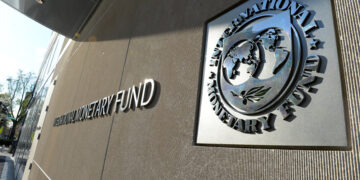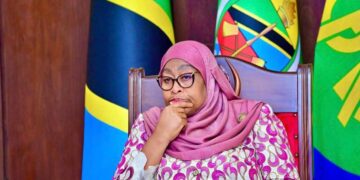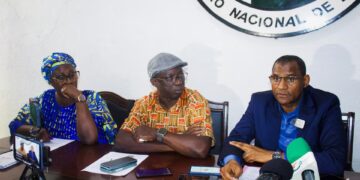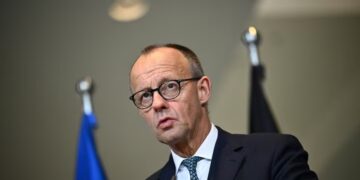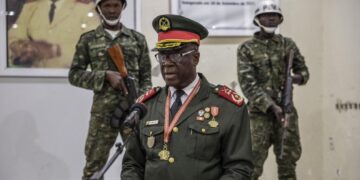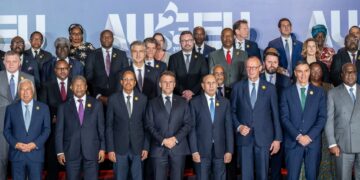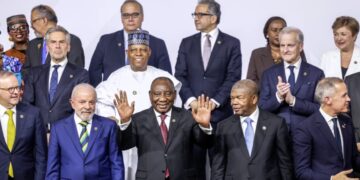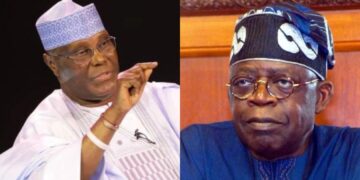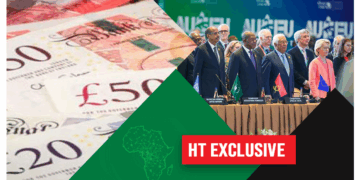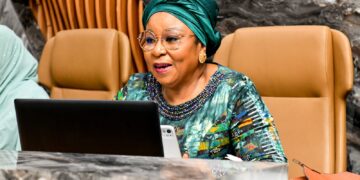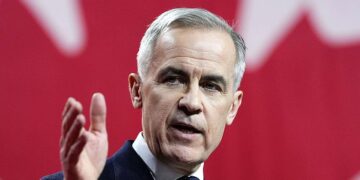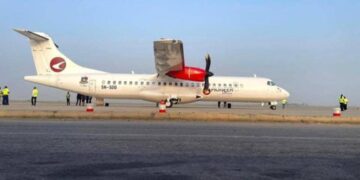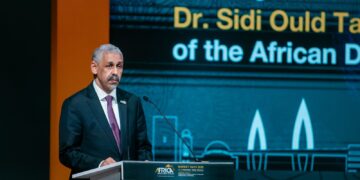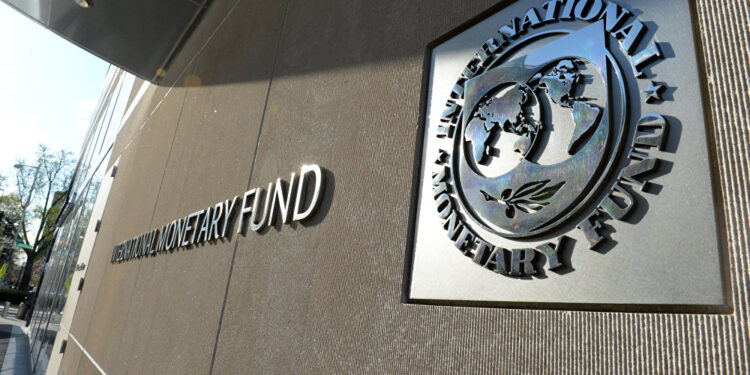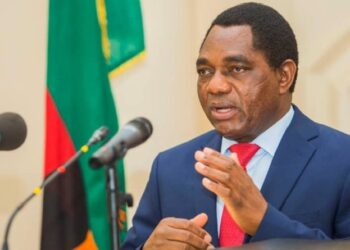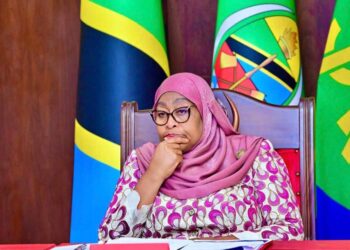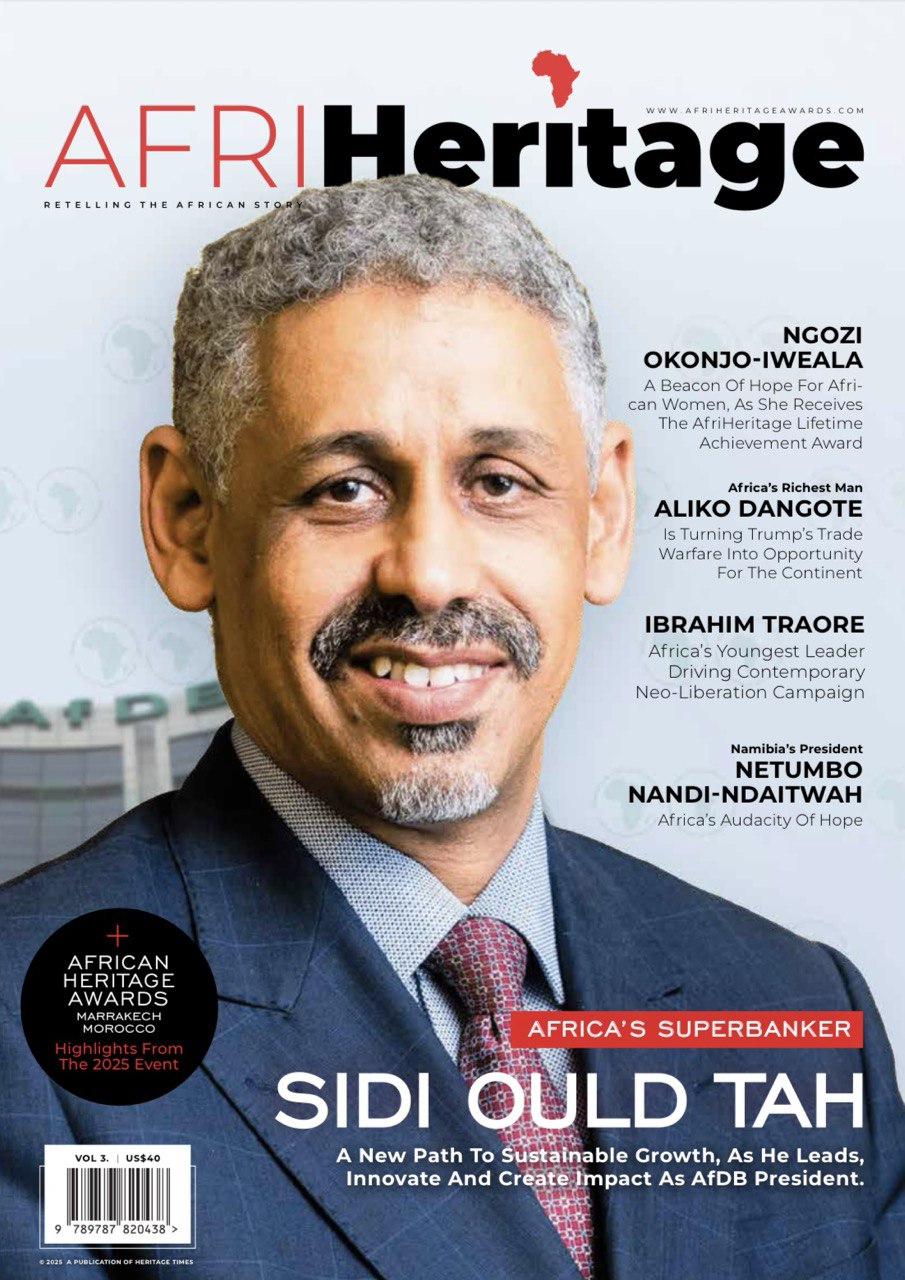By Emmanuel Nduka Obisue
The International Monetary Fund (IMF) has excluded Nigeria from the list of Africa’s fastest-growing economies, naming Benin Republic, Côte d’Ivoire, Ethiopia, Rwanda, and Uganda as the continent’s new growth leaders.
According to the IMF, the five countries are now among the fastest-expanding economies in the world, with their performances linked to sustained policy reforms, prudent fiscal management, and growing investments in infrastructure and manufacturing.
The revelation was made by the Director of the IMF’s African Department, Abebe Selassie, during the presentation of the Regional Economic Outlook for Sub-Saharan Africa in Accra on Thursday.
Selassie said Sub-Saharan Africa’s economic growth is expected to hold steady at 4.1 percent this year, with a modest pick-up in 2026, reflecting progress in macroeconomic stabilisation and reforms across key economies. “It is important to note that several countries in the region — Benin, Côte d’Ivoire, Ethiopia, Rwanda, and Uganda — are among the fastest-growing economies in the world,” he said.
Nigerian Govt’s Recent Claims Of Growth
A Business Insider Africa report of October 10, 2025 backed by government data, posted that Nigeria’s economy recorded its strongest growth in over a year, with GDP expanding by 4.23% in the second quarter of 2025, up from 3.13% in the first quarter. The report, citing a new macroeconomic review by Access Bank’s German Desk, noted that non-oil sectors now accounted for 96% of the GDP. The report claimed that Inflation has also slowed, allowing the Central Bank of Nigeria to ease its policy rate, while exchange rate reforms have helped stabilize the naira and boost investor confidence.
But despite these recent reforms, Heritage Times HT reports that Nigeria’s projected growth rate of around 3-4 percent for 2025 still falls sharp below the 6-8 percent range that typically characterises the Africa’s top performers.
The Business Insider Africa report described the development as the clearest signal yet that the President Bola Tinubu government’s market-driven reforms are beginning to bear fruit, creating a more stable and investment-friendly environment. It adds that the growth was broad-based across industry, agriculture, and services.
IMF’s Statistics Counters Claims
The IMF explained that while Sub-Saharan Africa continues to show resilience, global headwinds such as weaker demand, falling commodity prices, and tighter financial conditions still threaten recovery efforts. “Six months ago, our assessment highlighted the region’s strong efforts and that growth had exceeded expectations last year,” the IMF noted. “But we also observed a realignment of global priorities and increasingly turbulent external conditions. Today, these global headwinds continue to test the region’s recovery and resilience,” it added.
Despite the IMF’s recent upward revision of Nigeria’s 2025 growth forecast from 3.4 to 3.9 percent, the country still fell short of inclusion among the continent’s top performers. The Fund attributed Nigeria’s expected growth to improved oil output, better investor confidence, and fiscal reforms.
Even so, the IMF maintained that Nigeria’s growth remains below potential and called for deeper structural reforms. The Fund urged authorities to prioritise reliable electricity supply, reduce inflation, and diversify revenue sources through industrial expansion and effective tax administration.
Selassie cautioned that several African countries face rising financial vulnerabilities as governments increasingly rely on domestic bank borrowing due to limited external financing. “We estimate that about half of the total public debt in the region is now held by domestic financial institutions,” he said. “This trend strengthens the link between public finances and banking sector stability — a double-edged sword that requires strong oversight”.
He further noted that high debt service costs are crowding out development spending, urging countries to modernise tax systems through digitalisation, strengthen compliance, and improve public trust in revenue institutions. Since 2020, the IMF has disbursed nearly $69 billion to Sub-Saharan Africa, including about $4 billion this year, to support macroeconomic stabilisation and capacity development.
The Fund’s director also drew attention to stubborn inflation levels and the depletion of foreign reserves across the region, saying these pressures could slow the pace of recovery unless urgent reforms are sustained.
On Nigeria, Selassie observed that inflation has been declining due to tighter monetary policies and a more flexible exchange rate regime. However, he warned that price stability remains fragile, as inflation has only “shifted to a higher level” rather than easing completely. “It is consistent with the policy calibration and we are encouraged by it. But there are still some ways to go towards the government’s target,” he added.
At a related IMF session in Washington, officials from the Fund’s Fiscal Affairs and Monetary and Capital Markets Departments described Nigeria’s policy direction as “broadly positive,” citing improvements in fiscal transparency, tax efficiency, and foreign exchange management.
Despite these gains, IMF cautioned that Sub-Saharan Africa still faces risks from capital flow volatility, slowing global growth, and diverging commodity prices. It advised governments to strengthen debt management and maintain fiscal discipline to cushion external shocks.
The IMF concluded that although the region’s economies are showing resilience, countries like Nigeria must accelerate reforms, promote intra-African trade, and build stronger buffers to secure sustainable growth in the years ahead.
